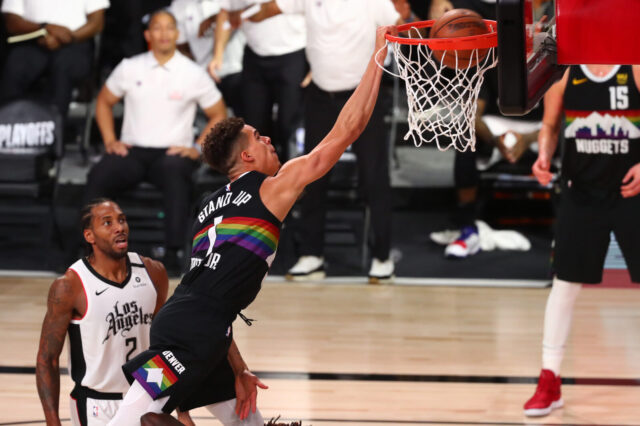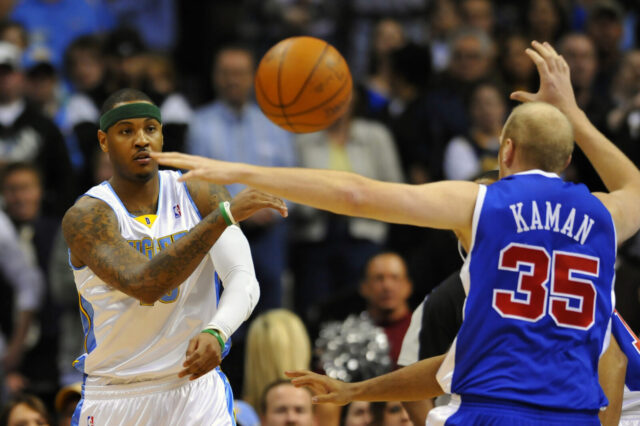The Houston Rockets responded to a disappointing game one loss with a strong counter-punch to Golden State, knocking the Warriors across the jaw with some patented and perfected ‘Morey-ball’. There’s a narrative floating around that Houston changed the way they played in game two, but that’s debatable. They ran isolation essentially just as often, the difference being, at least in this author’s eyes, that the passes out of isolation avoided Warrior hands in favor of their intended targets—guys who were actually prepared to hit their open shots. It was Houston’s role players and multi-faceted wings that led the way in their 22-point victory.
Trevor Ariza, who missed most of game one with foul trouble, had his fingerprints all over Houton’s victory. PJ Tucker—the closest thing we have to a living, breathing street shark—had the game of his life, shooting over 80 percent from the field. Perhaps most importantly, or at least intriguingly, the Rockets found success with Tucker at the five. You may have heard of this by now—Zach Lowe has been writing on the potential lineup structure for months, and some in Houston have been vocal in their displeasure with Mike D’Antoni’s hesitancy to deploy it.
So why is that such an important potential wild card in this series?
Length and switchability, friends. The two hottest buzzwords in the NBA, and two terms that are not easily ascribed to your Denver Nuggets.
This content is no longer available.
Prior to the addition of Kevin Durant—although KD isn’t necessarily an exception here—the Warriors constructed a roster that reflected a clear priority on length. Golden State assembled and ascended to dominance with a collection of players who were typically described as ‘tweeners—positionless, if you will. At the time, it was a different approach. These days, it’s all the rage.
As we know, the NBA is a copycat league. With the Warriors success, in theory, being easier to replicate than Cleveland’s—good luck finding another LeBron James—rival teams set out to emulate an organization that was, in their own words, “light-years” ahead of everyone else.
The Celtics are the ones who have found the most success in this endeavor. The list of factors contributing to their success is long and extends far beyond this dynamic but the C’s are a team that plays to its best strength: length.
This content is no longer available.
Boston possesses a tenacious defense which features seamless switching from a faceless army of capable forwards—all anchored by the infallible, avuncular and all-around wonderful Al Horford, who communicates from the back like a quarterback peering past his offensive line.
Even the Celtics offense, which is missing the dynamic talents of Kyrie Irving and Gordon Hayward, has found success against Cleveland thanks to the amorphous nature of this roster construction. Boston has attacked mismatches with size relentlessly in the first two games of the Eastern Conference finals and they’re wearing the Cavs down.
The Rockets have boasted one of the league’s most potent half court offenses and unique play styles for several years now, but this year they filled in the holes and cracks of their roster with this same goal in mind. They tried to get longer, they tried to add switchability and they wanted to create lineup flexibility. Mission accomplished on all three fronts and it’s got them tied 1-1 with the defending champs.
As I reflect on the shootarounds that I’ve contributed to so far, I find that I’ve stumbled into a bit of a theme: what can Denver learn from those who have found success in the playoffs?
In this case, I don’t need to spell it out for you. They need to find quality—any—wing players. They need to get longer. They need more lineup flexibility. The Nuggets will never resemble the Celtics or the Warriors, but finding a ‘three-and-D’ wing should be a top priority for this team going forward.


